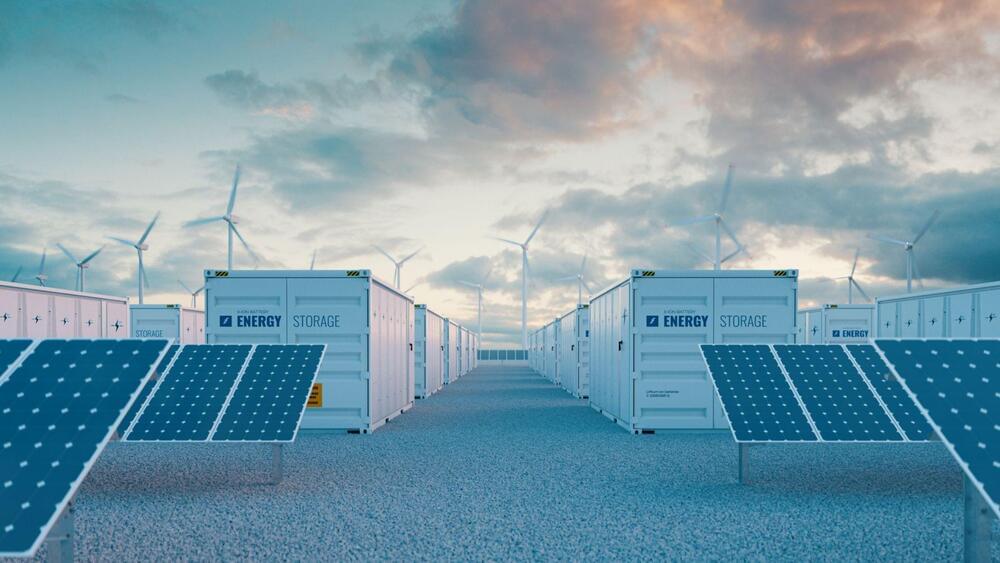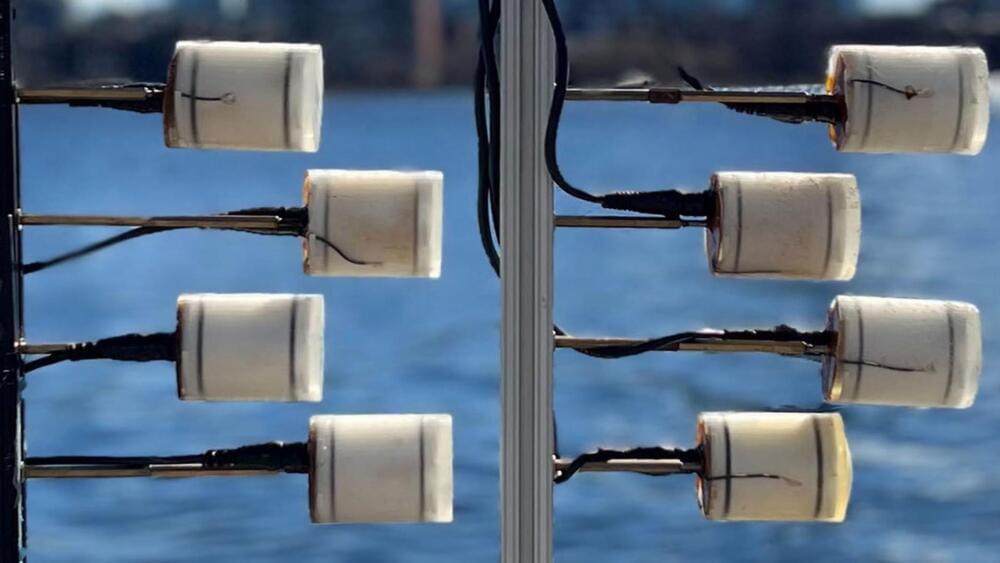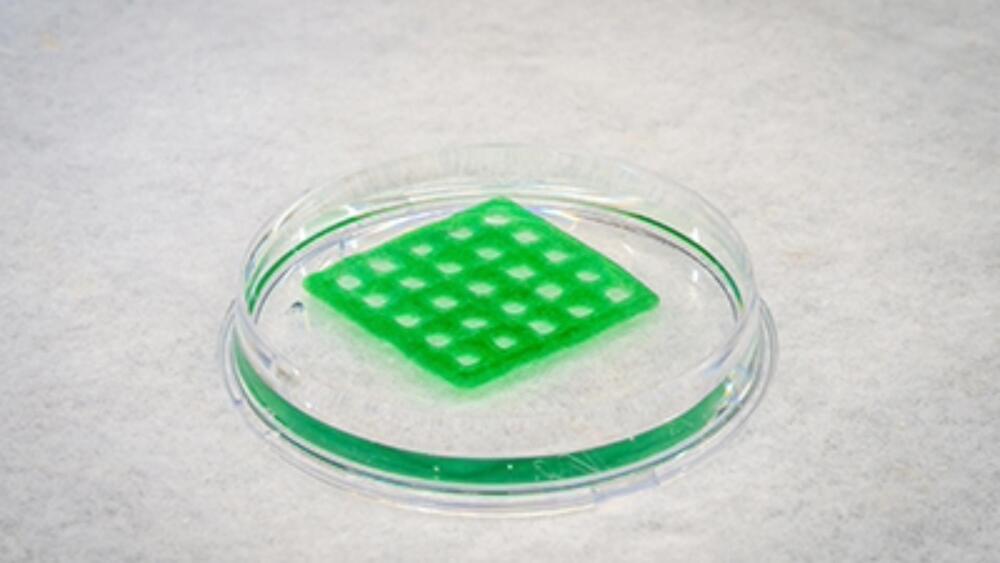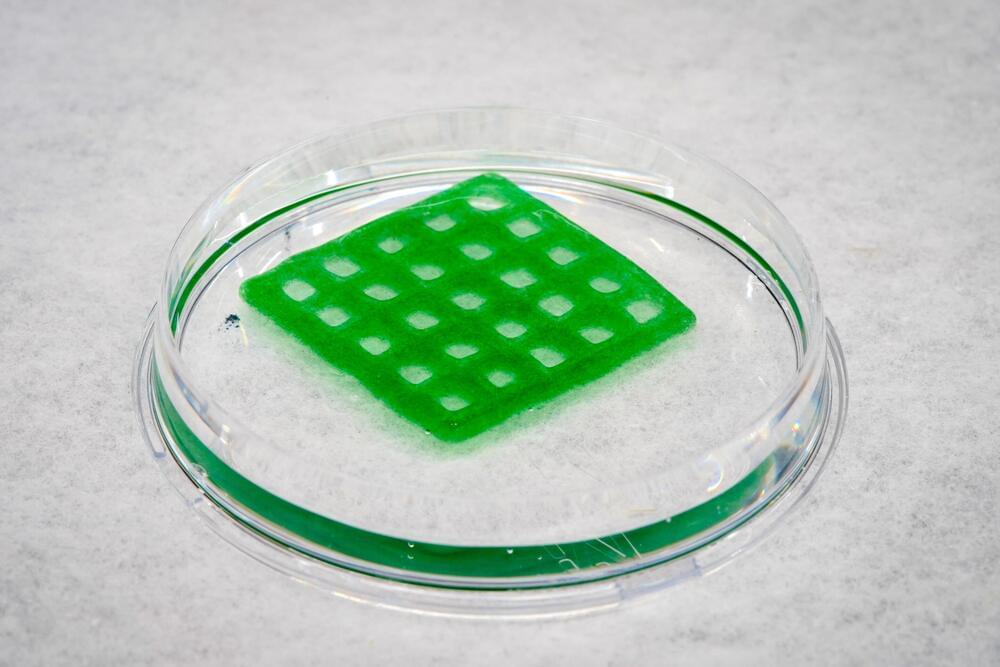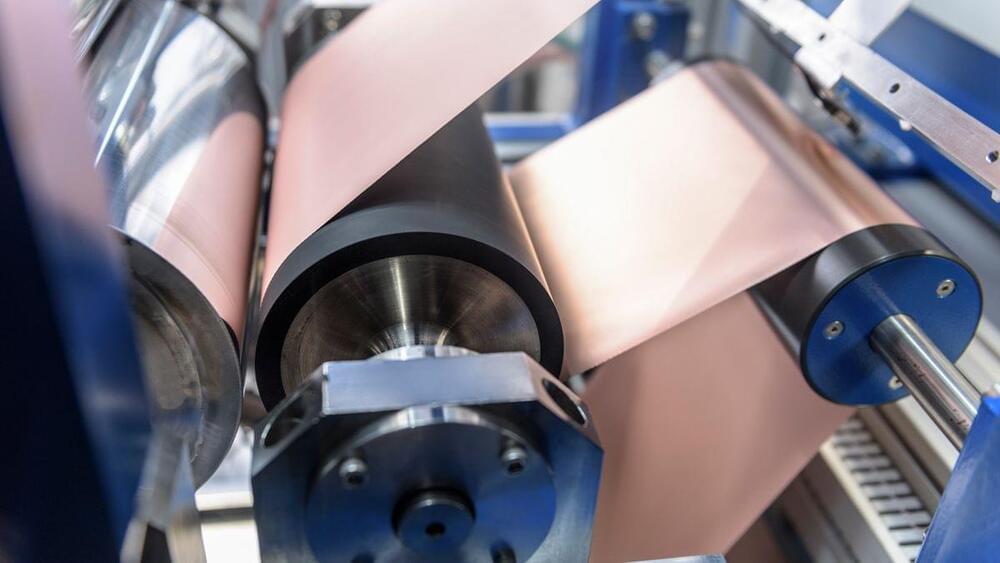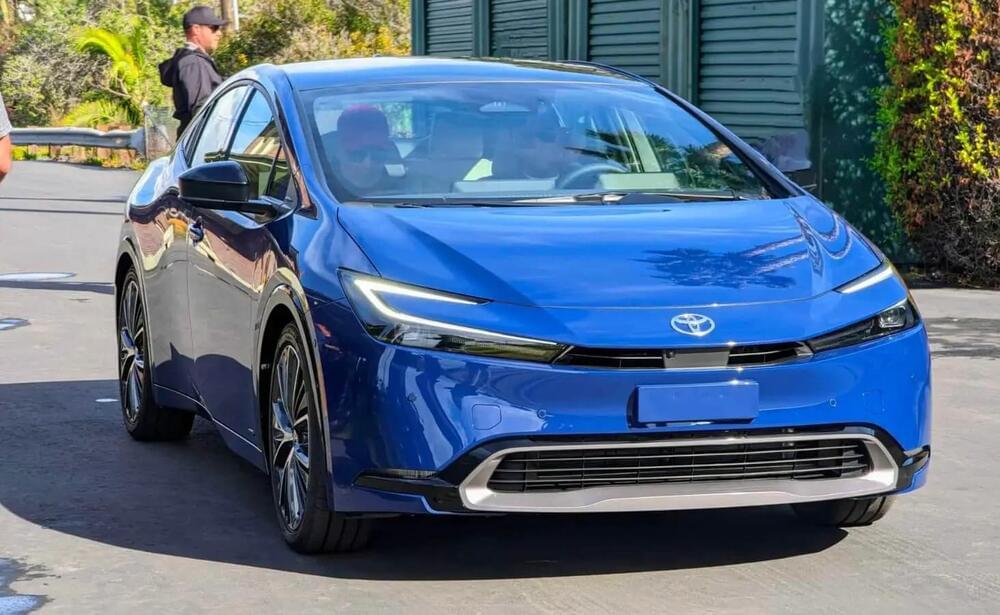Sep 7, 2023
Membrane-free lithium-ion batteries could help power grid
Posted by Gemechu Taye in categories: energy, sustainability, transportation
Removing membranes could shave off as much as 30 percent of battery costs since they are the most expensive components.
Researchers at the University of Cincinnati in the US have developed a new design that could make lithium-ion batteries much cheaper to produce. This can have a profound impact on the large-scale energy storage systems needed to store renewable energy, a press release said.
Lithium-ion batteries, extensively used for power electronic devices, have also found their way into electric vehicles (EVs) thanks to their superior energy density over conventional batteries. These can also be deployed to store renewable energy when production is high, but the demand is low.

